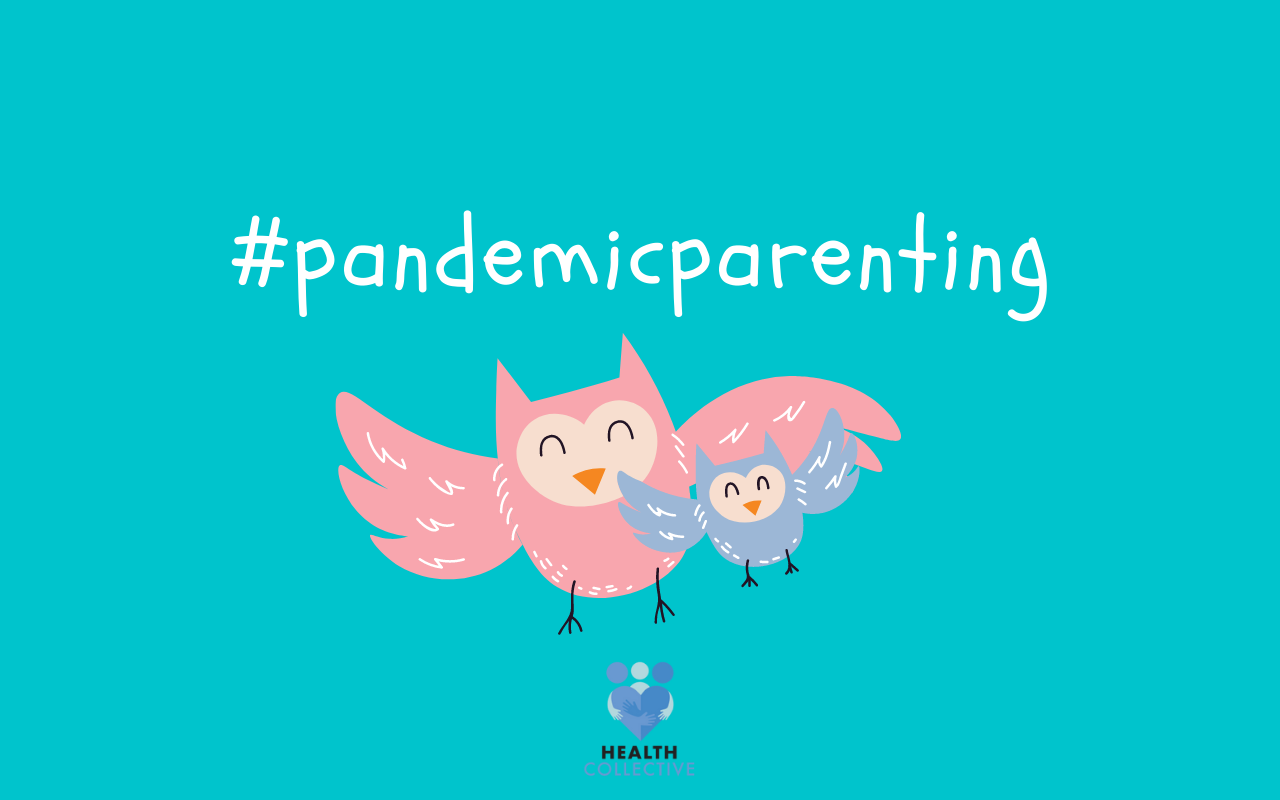Emotional Abuse: Conversation and Closure
By Scherezade Siobhan
As I wrote in my previous column, emotional abuse is incredibly dissonant to process on several levels both psychologically and physically and at the onset of healing from it, the journey can feel a little like steering wheels within wheels.
A lot of people struggle with the possibility of closure in the aftermath of emotional abuse. It can turn often feel like being caught between the hammer and the anvil because most abusers do not have the intent or the capacity to offer kindness, because they lack core empathy. This is exactly what makes them abusive in the first place. Most victims/survivors can sometimes go back to their abusers in hopes of humanising themselves because they believe if they can possibly reach out and heal their abusers, their own pain might stop.
This can be an erroneous assumption because all it does in most cases is create an environment of reinforcement for the abuser and re-establishes the power differentials which an abuser finds gratifying. It is quite possible that they won’t give you closure because they want to hold on to this desire for control. Therefore, it is important to not let their lack become your roadblock towards healing.
ALSO READ: EMOTIONAL ABUSE: MOVE PAST COMMENTARY TO COMPASSION
A lot of them will do one of the following when you seek closure:
- Shun responsibility by normalising the abusive experience as a common universal occurrence
- Manipulate you into believing you are the root cause of all that has happened and they were merely reacting to you
- Ghosting/Silent Treatment that uses a passive-aggressive approach to traumatising someone for prolonged periods in time
These are all tactics to make a victim feel powerless by sealing them in their trauma. Why? Mostly because abusive behaviours develop due to a feeling of powerlessness or a thirst for tremendous power and control over another life. Their narcissism balloons when they find a way to demean someone because there is some askew satisfaction in feeling superior to another person by wounding them. Most abusers feel powerless in some part of their lives themselves, and they invalidate to seek a restoration of power to those parts.
Often, survivors struggle with the idea that the abuser was “only” hurting them and appeared “kind” or “empathetic” towards other people in their life; but that is just temporary negotiation or plain parasitic latching on to another source of emotional nourishment.
There is no consistent display of kindness towards anyone without an implicit web of fear or shame. Most people with prolonged abusive tendencies don’t approach relationships from a stand-point of cathartic engagement.
Instead, they desire to find long-term “hosts”—those people/ relationships/spaces which allow them to project, repeat and repress at the same time without confronting their baser instincts to dehumanise other people. These “hosts” are usually groomed into believing their “specialness” at the beginning. When you first meet your abuser, you might experience a great deal of interest in your individuality, a deft leaning into paying attention to your likes and dislikes and even a sweeping wave of affection that makes you the focal point of their world. This will happen in rapid succession and is a practiced routine of sorts.
ALSO READ: UNDERSTANDING THERAPY
Abusers tend to systematise a need for echo-chambers instead of meaningful dialogue. There are either aggressive or avoidant tendencies which refrain from reflective listening, compassion and self-awareness. Your pain is incomprehensible to them because they have replaced emotions with egotism.
Common disclaimers such as “No one has ever told me that I am abusive!” are sprinkled around casually. Even though they themselves know they are committing damage, they will skirt the issue by instituting pretences about how no one has ever provided them with similar feedback. The idea is to isolate you and make you doubt your own judgment about is happening. That feedback usually doesn’t exist because they drop whoever offers them any critical input about their maladapted behaviours.
There is a myth attached to abusiveness: all abusers aren’t inherently aggressive in their presentation. Passive abusers exist. Some of them are submissive as well. These categories cause inherent dissonance because they rattle the chains of our psychosocial conditioning and paradigms which insist on equating abuse with direct aggression.
It is important to recognise that their patterns concretised long before you entered their life. Maybe these patterns were dormant or didn’t find immediate expression but you aren’t the origin in most cases. This is important when you provide yourself the closure you deserve.
Coming out of abusive relationships, if you feel like filling up the moments of innate, nutritive silence —which is the bridge to closure—with the addictive cacophony of going back for one more conversation/debate/disagreement, you allow them power they don’t deserve but crave and extort regularly.
As sentient beings, we all have three planes of self-awareness: cognitive, emotive & bodily/behavioural. We are often stuck in the first and/or the second. During healing, we must re-learn how to return to our “bodily” self slowly and trust ourselves through by opening up to its insights. The way your stomach feels a churn and a drop when you try to send one more text or how crying turns into a synonym for “care” but feels so wrong. Trust these conduits through which your pain is attempting to flow out. Pay attention to what they are leading you away from during the heightened moments of aftershocks.
It is a daily practice to remind us that centering ourselves is closure. Being in the presence of a sincere self-affection is closure. Slowly allowing ourselves to listen to and trusting our bodily intelligences and allowing them to lead us away from the site of damage is closure.
Try and find a word, a place, a song, a book, an activity, a person or a voice that has always allowed you to feel freely —return to them and recognise who you are in the presence of those experiences. That is who you truly are, not the person your abuser tries to reduce you into becoming.
If you are around someone who is either going through or has recently through emotional abuse, here are some clear dos and don’ts for when seek your support—
- Do listen without interrupting or immediately questioning their story. It takes a significant arsenal of strength for anyone to speak up about their most debilitating moments. Paying attention and being present for them in the moment is of utmost importance
- Do allow them time and space if they don’t immediately want to get into details of their abuse. Memory is not linear in recall and a lot of times a survivor may have serious tremors of retraumatisation when they narrate what they underwent. Spare judgment and instead focus on compassion
- Do suggest they get professional help and offer to be their support system while they do. Trauma from abuse is complex to decipher as well as navigate. It would be unrealistic to expect someone who hasn’t had any experience with it or isn’t trained to handle it, to help untie the intricate knots. However, if you can provide a safety net for the person while they get help, please do so
- Do educate yourself on some basic protocols of dealing with an individual disclosing their struggle with emotional abuse. Be cognisant how class, caste, religion et al interfere with how folks are treated. Awareness helps in reducing your own stress levels and also allows you to channel more energy into listening rather than pathologising or negating someone’s story
- Don’t analyse their story from the world go just so you can poke holes in it. Especially true when they have chosen to trust you with their disclosure. Whether skeptical or not, we can summon empathy to recognise that someone is tormented and that is why they are reaching out. Your opinion is always less significant than someone’s pain
- Don’t draw comparisons between physical and emotional abuse. That is a zero-sum game and deeply self-defeating beyond a point. It serves no purpose other than to demoralise the survivor/victim and you are not helping them one way or another
- Don’t offer knee-jerk reactions as viable solutions. For example, it is always a bad idea to egg someone on towards directly confronting an abuser without learning the full depth of the situation or knowing enough about who they are and what they are capable of. It could be potentially harmful or even fatal. Your best bet would be to help them with accessing a safer space and getting therapeutic guidance while providing a patient shoulder or an attentive ear
- Don’t victim-blame. It is best you eclipse yourself into silence and allow the survivor a more resonant support system if your intent is to offer platitudes like “you could always just walk out”, “ a relationship can’t be emotionally abusive if you choose for it to not be that way”. A lot of times someone can’t walk away due to the Stockholm syndrome or because they have trauma-bonded with their abuser. These are proven facts not fabrication
Seyyed Hossein Nasr, a philosopher I find comfort in says
“…that [the self] has an echo of the infinite.”
When you look for closure from people who are unwilling to help you towards a clear exit, you have to remind yourself that they don’t want to set you free because they themselves are emotionally shackled. They do not wish for you to have the freedom they don’t have. You have to reject the “self” they force you to imagine and remember that you have many selves and are always way more than what you were subjected to in that interaction.
Scherezade Siobhan is the founder of The Talking Compass — a therapeutic practice that provides in-person, at-home and online counselling for people who need help with emotional and mental health.
Disclaimer: Material on The Health Collective cannot substitute for expert advice from a trained professional. If you would like to share your story, do write to us here or tweet us @healthcollectif




Pingback: Seasonal Depression and the Need for Self Care